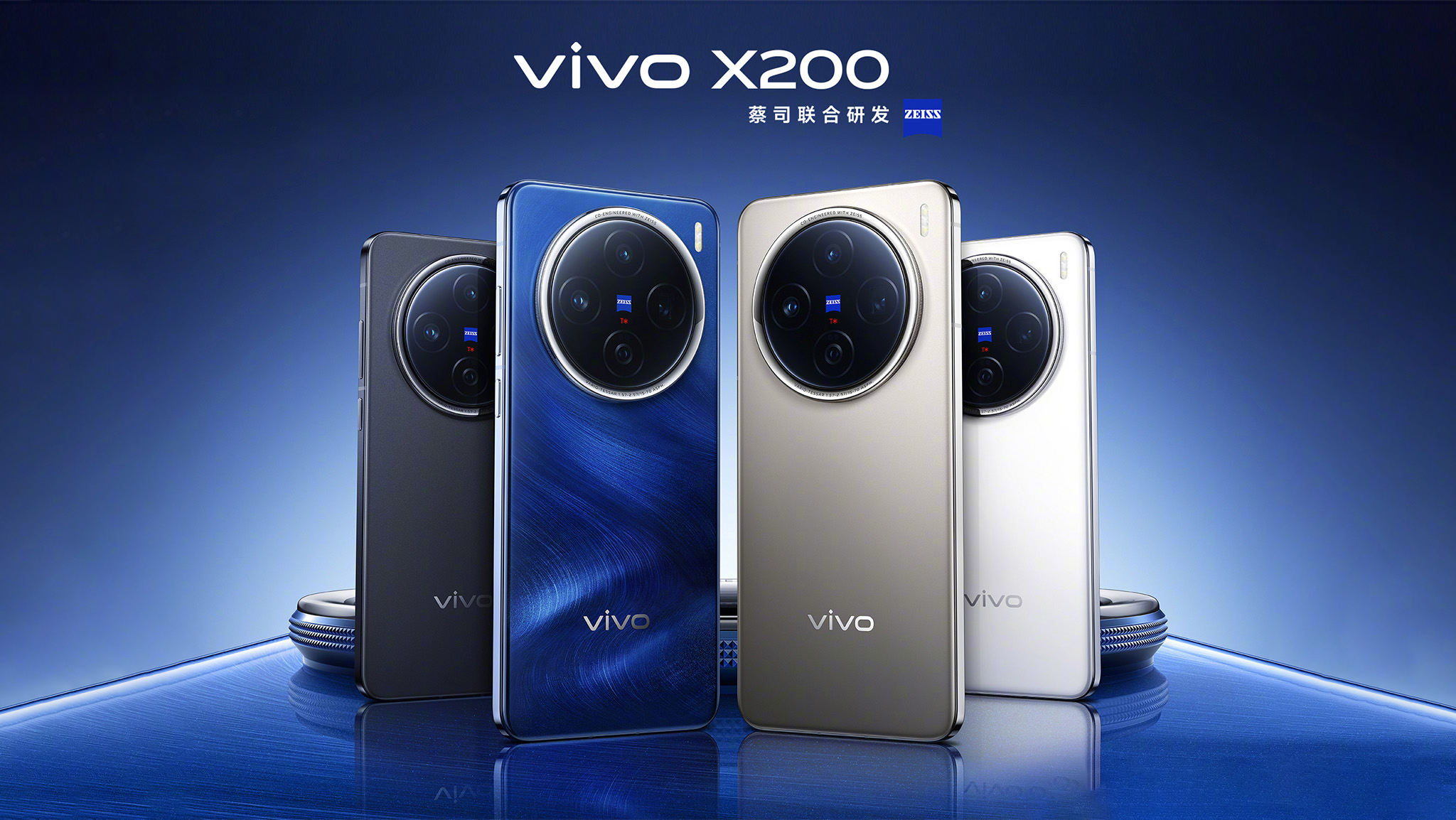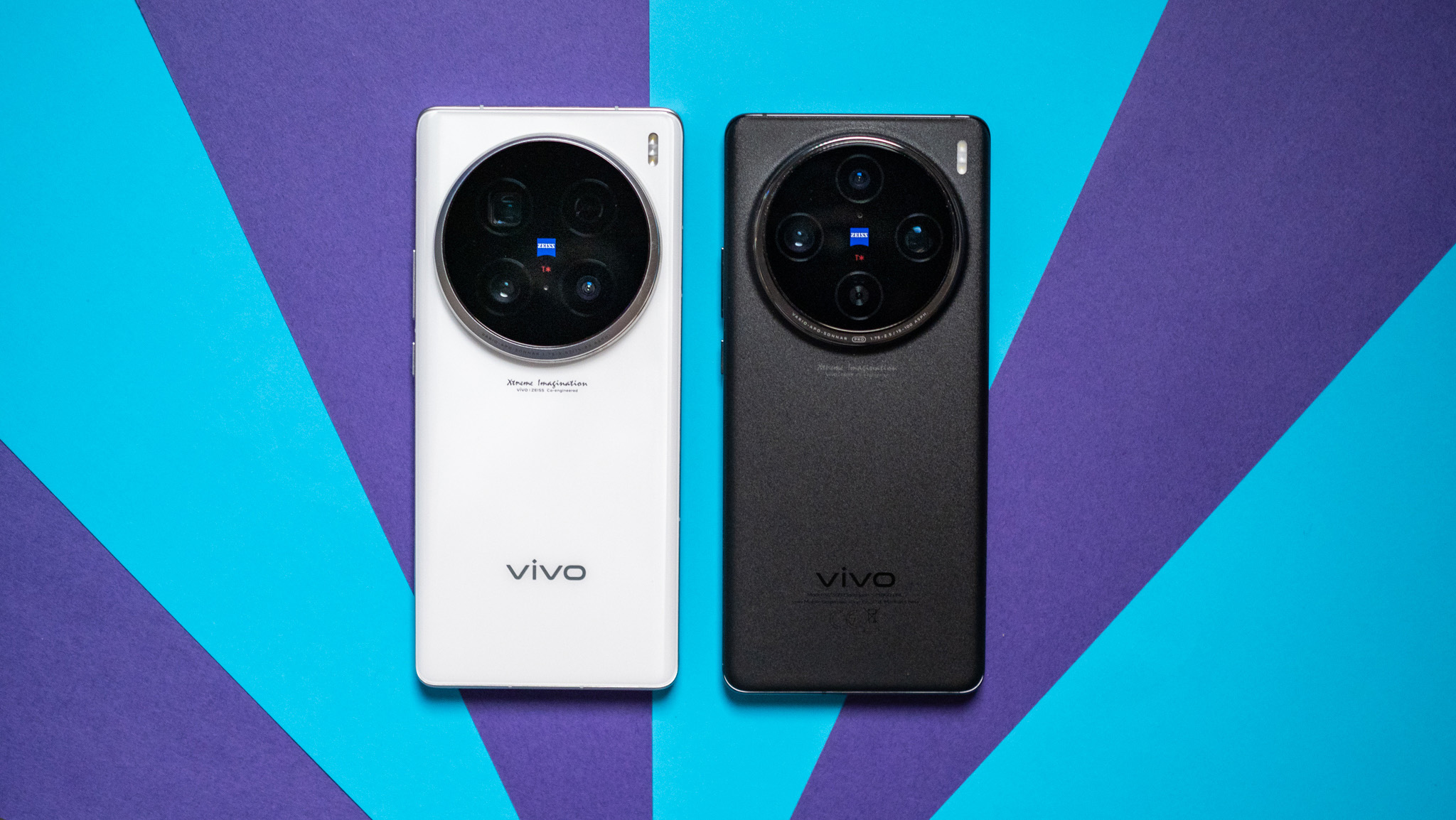harish.jonnalagadda@futurenet.com (Harish Jonnalagadda)
2024-11-02 02:58:00
www.androidcentral.com
MediaTek has a sizeable presence in the budget and mid-range segments on the back of strong releases, but it struggled to make progress in the high-end category. Even until two years ago, most Android phones were powered by the Snapdragon 8 platform, with Qualcomm effectively monopolizing this tier.
Hardwired

In Hardwired , AC Senior Editor Harish Jonnalagadda delves into all things hardware, including phones, audio products, storage servers, and routers.
That dynamic is changing slowly; MediaTek was able to secure key design wins with the Dimensity 9200 and 9300 in the last two years, giving it a much-needed foothold in this lucrative segment. The fact that it was able to outmuscle Qualcomm to do so is all the more impressive.
A part of this has to do with the hardware itself; while Qualcomm is just now starting to use performance cores throughout in the Snapdragon 8 Elite, MediaTek has been at it for over 12 months, with both the Dimensity 9300/9300+ and 9400 powered entirely by performance cores.
Doing so allows MediaTek-powered devices to deliver better multi-core results, and that has been the case in my testing. Phones featuring the Dimensity 9300/9300+ — like the Vivo X100 Pro and Xiaomi 14T Pro — have among the highest scores in Geekbench’s multi-core workloads, and while they still don’t quite measure up to the A18 Pro in the iPhone 16 Pro Max, they’re better than anything else available on Android.

The biggest endorsement for MediaTek’s efforts in this segment is by Samsung, which is using the Dimensity 9300+ exclusively on its Galaxy Tab S10 series tablets globally. Sure, Samsung’s high-end tablets don’t rack up anywhere as many sales as the brand’s Galaxy S24 series, but the fact that the manufacturer went with MediaTek hardware in all regions — including North America — is a vote of confidence.
It’s a similar story with the Dimensity 9400, MediaTek’s answer to the Snapdragon 8 Elite. The Dimensity 9400 uses the latest Cortex X925 core alongside Cortex X4 and A720 cores, and it is powering OPPO’s Find X8 and 8 Pro as well as Vivo’s X200 devices.
Although these devices don’t have a huge presence in western markets yet, they sell in the millions in China, and OPPO and Vivo are making some progress in the high-end category in countries like India.

As to why a phone manufacturer would use MediaTek instead of Qualcomm, cost is likely a factor in the consideration, but most brands I talked to mention customizability as a big differentiator. MediaTek offers the ability to tailor its Dimensity platform to particular devices, and OnePlus used this to good effect in its mid-range devices in recent years.
Rivalry is a good thing in this industry, and while Qualcomm is still the dominant brand, it’s good to see MediaTek offering a platform that can hold its own. Vivo’s X100 Pro is one of my favorite phones of 2024, and it is just as performant as the dozens of Snapdragon 8 Gen 3-powered devices I used over the course of the year.
With Qualcomm going back to fully-custom designs after nearly a decade, it will be interesting to see how the Dimensity 9400 — which has Arm’s latest cores — holds up in real-world usage against Qualcomm.
Support Techcratic
If you find value in Techcratic’s insights and articles, consider supporting us with Bitcoin. Your support helps me, as a solo operator, continue delivering high-quality content while managing all the technical aspects, from server maintenance to blog writing, future updates, and improvements. Support Innovation! Thank you.
Bitcoin Address:
bc1qlszw7elx2qahjwvaryh0tkgg8y68enw30gpvge
Please verify this address before sending funds.
Bitcoin QR Code
Simply scan the QR code below to support Techcratic.

Please read the Privacy and Security Disclaimer on how Techcratic handles your support.
Disclaimer: As an Amazon Associate, Techcratic may earn from qualifying purchases.












































![Zelda BOTW [Expansion Pass: DLC Pack 1 & 2] 'The End' Walkthrough. Thank You for watching .](https://techcratic.com/wp-content/uploads/2024/11/1732040589_hqdefault-360x180.jpg)
























